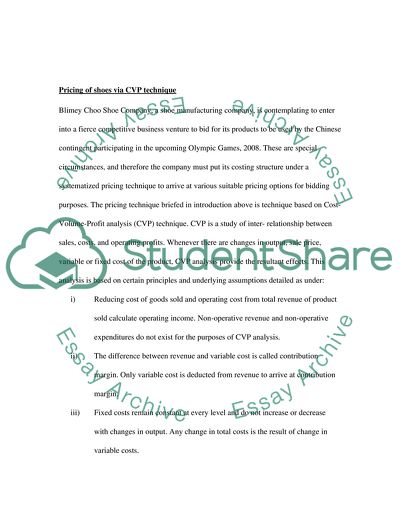Cite this document
(The Fixation of the Pricing and Profitability Case Study - 1, n.d.)
The Fixation of the Pricing and Profitability Case Study - 1. Retrieved from https://studentshare.org/finance-accounting/1708417-management-accounting
The Fixation of the Pricing and Profitability Case Study - 1. Retrieved from https://studentshare.org/finance-accounting/1708417-management-accounting
(The Fixation of the Pricing and Profitability Case Study - 1)
The Fixation of the Pricing and Profitability Case Study - 1. https://studentshare.org/finance-accounting/1708417-management-accounting.
The Fixation of the Pricing and Profitability Case Study - 1. https://studentshare.org/finance-accounting/1708417-management-accounting.
“The Fixation of the Pricing and Profitability Case Study - 1”. https://studentshare.org/finance-accounting/1708417-management-accounting.


